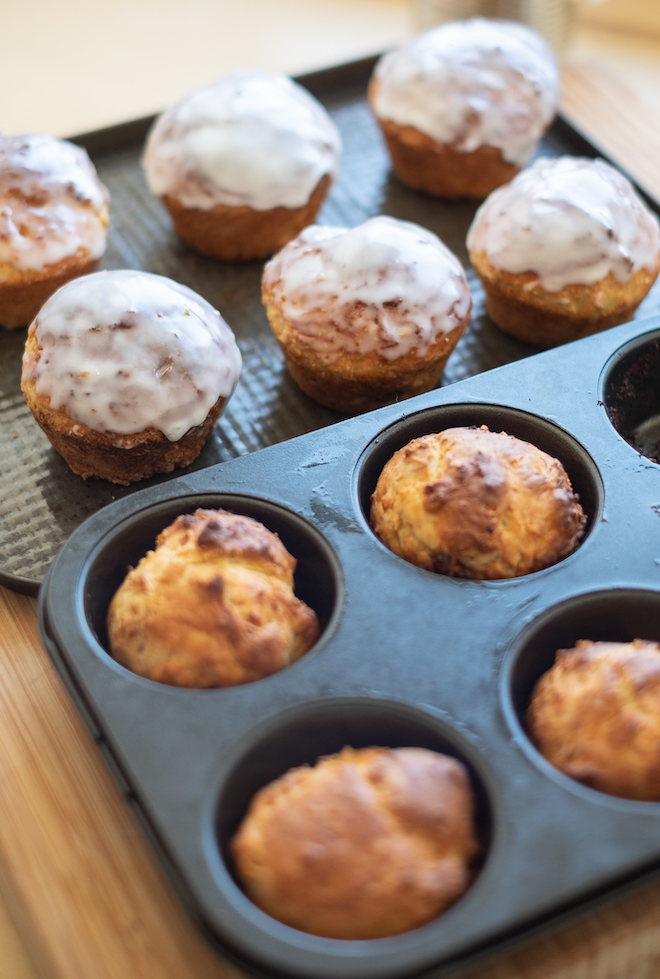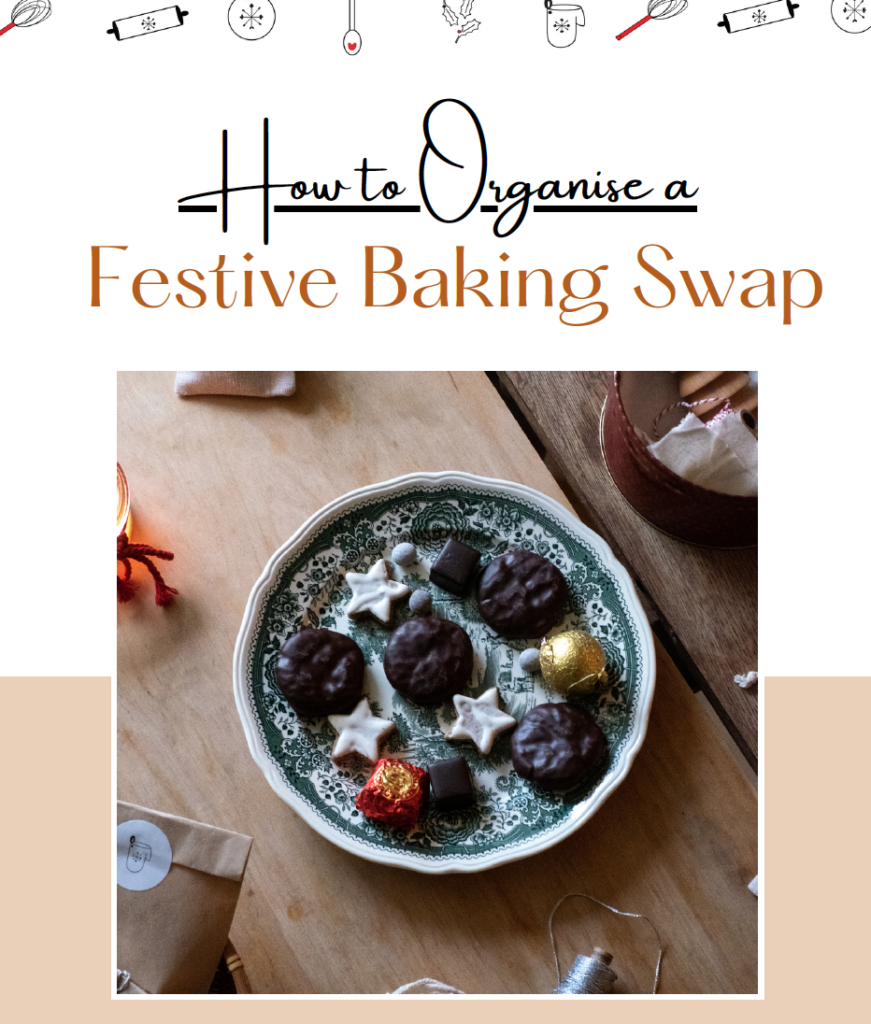
Easter Paska ( Паска ) Bread recipe
Contributed by Olesia Chernova.
My family in Ukraine and I usually bake several Paska ( Паска ) breads at Easter. We love to give some as presents to friends and relatives, as well as making some for ourselves. Therefore, the recipe below is designed to make several in different shapes and sizes.
According to old tradition, the top is egg washed, and then an ‘XB’ in Cyrillic is lettered across the top using a fresh dough mixture (this mix is without yeast and simply made from flour and water). The ‘XB’ means ‘Christ is Risen!’. Today the tops are often decorated with symbols of spring and Easter like ducks, flowers and leaves. Some people skip the fresh dough decorations altogether and opt for a glaze of icing and sprinkles.
On Easter day, every family goes to church to attend mass where they offer baskets with Easter Paska Bread with things like butter, sausage, cheese, horseradish and eggs. After the mass, entire families, when possible, gather and serve everything from the basket on a table with everyone.
Enjoy this recipe for Easter Paska ( Паска ) Bread. It is my aunt’s recipe and we have been using it in my family for decades.
Easter Paska ( Паска ) Bread recipe
Makes three total (1 x 18 cm and 2 x 14cm in diameter)
1/2 litre of milk, warm
6 eggs
1 cup of sugar, 200g
Dried yeast, 50g
Raisins, 100g (soaked in 2tbsp cognac – do this about 1-2 hours before preparing your bread)
A pinch of salt
Margarine, 20g melted
4 tbsp of refined sunflower oil plus a little extra to grease the Paska tins
Flour – up to 2kg (see notes)
Optional:
A pinch each of ground cinnamon, ground nutmeg and ground cloves
Mix the milk, eggs, sugar, yeast, raisins, salt, margarine, four tablespoons of oil and flour (see notes – it’s important not to add all the flour at once), and the spices if you are using them, together thoroughly in a bowl to form a dough. Once well mixed, cover the bowl with a tea towel, and leave to rise for two to three hours until the dough doubles in size
Grease baking tins with oil
Once the dough has risen, spoon the dough into each tin, only filling the tin halfway with dough. Once they rise to the top of the baking tins they are ready to be placed in the oven. This takes anywhere from 20 minutes to one hour
Place the tins filled with the Easter Paska ( Паска ) bread dough into the oven and bake at 180° C for around 60 minutes. If you’re reducing the recipe quantity or using smaller tins allow for less time, checking on the bread regularly
Once you’ve baked the bread, leave them all to rest and cool. Once cool you can enjoy them as they are or with the suggestions below, or alternatively you can glaze them with icing sugar. Both versions are delicious, satisfying little treats. They are best consumed on the day of baking.
Serving suggestion: Easter Paska Bread is eaten by Olesia’s family like regular bread with sausage or salad, unless of course they are making the kind topped with icing and sprinkles which is enjoyed like a sweet bun.
Notes: The Easter Paska ( Паска ) Bread can be made in regular cake tins, repurposed tin bean cans or even in cupcake or muffin tins.
When baking the bread, if it starts to brown too much before the completed baking time, check the middle with a toothpick and if still doughy, simply cover the tins with baking paper and foil.
If using smaller tins, bake for less time and look for the rise and the colour of the bread. Use a toothpick to check how cooked the middle is before removing from the oven. I for example reduced the recipe by a third and this yielded two repurposed tin bean cans, and 11 muffin tin sized breads. The dough in the tin bean cans required 30 minutes baking time, while the muffin tins required 20 to 25 minutes each (baking six at a time).
Flour – regardless of whether you use the full recipe or reduce it, don’t use all the flour at once. Add the flour to the bowl last and look for the consistency of the dough. Once it is thick, sticky and starts requiring more energy to stir do not add any more flour.









